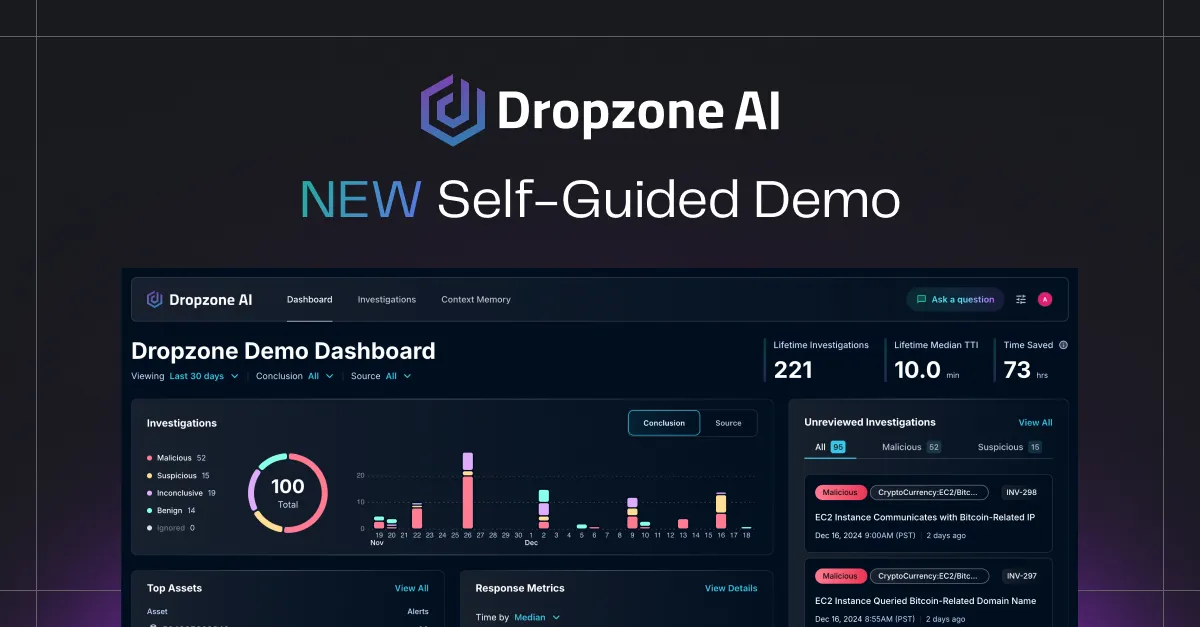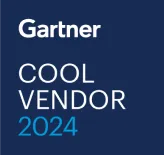Key Takeaways:
- Most vulnerability feeds overwhelm teams with noise, offering volume without the context needed to act.
- The security team at Databricks built VulnWatch to prioritize CVEs internally.
- VulnWatch uses LLMs to extract, enrich, and prioritize CVEs, turning raw vulnerability data into decision-ready summaries.
- The system combines automation with optional human review, offering both speed and precision based on risk level.
- Integrating existing workflows, VulnWatch helps Databricks act faster and free up human time.
For security teams, vulnerability intel often feels more like a flood than a feed. Dozens, sometimes hundreds, of new CVEs hit each week, each one packed with jargon, unclear risk levels, and a nagging sense of urgency. But for all that volume, one thing is consistently missing: context. What actually matters? What’s being exploited in the wild? Which disclosures are relevant to your environment, and which can wait?
That’s the problem the Databricks team solved internally with VulnWatch, an AI system designed to turn vulnerability data into something you can act on. VulnWatch doesn’t just surface new CVEs. It summarizes them, prioritizes them, and connects the dots so security teams don’t waste time chasing noise.
This isn’t about automation, for automation’s sake. It’s about making security intelligence useful. Because in a world where alert fatigue is the norm, clarity is what counts.
Many thanks to Anirudh Kondaveeti, Data Scientist at Databricks, for presenting on VulnWatch at this year’s Security Frontiers event.
The Problem with CVE Feeds Today
For most security teams, CVE feeds feel like a never-ending stream of warnings with no prioritization. Every day brings a new batch of vulnerabilities and dozens of fresh entries, each demanding attention but offering little in the way of actionable detail. And while the feeds keep growing, the signal stays buried.
The core issue is simple: most CVEs don’t come with context. They lack critical metadata like whether the vulnerability is actively exploited, whether there’s a public proof-of-concept, or whether it affects the specific cloud services and technologies your team uses. Analysts often scramble to track that context down across advisory sites, Twitter threads, GitHub gists, or vendor blogs.
And the reality? Most organizations don’t have a dedicated threat intel team to keep up with that work. Instead, it’s a part-time task distributed across already overloaded engineers and defenders. The result is predictable: teams spend hours triaging noise or start tuning it out altogether.
It’s a broken system. One that overwhelms the people it’s meant to help. And that’s the gap VulnWatch was built to close.
How VulnWatch Uses GenAI to Prioritize CVEs
VulnWatch isn’t just another feed. It’s a filter, an interpreter, and a guide. Where traditional CVE sources dump raw data, VulnWatch applies structure, context, and intelligence to make that data actionable.
At its core, VulnWatch uses large language models (LLMs) to read between the lines of raw NVD entries, vendor advisories, social posts, and exploit databases. It extracts the critical details that matter most to defenders: Is there a known exploit? Is the vulnerability being actively weaponized? Does it impact cloud services or enterprise software that teams actually use?
But VulnWatch doesn’t stop at summarization. It goes a step further by enriching vulnerabilities with real-world signals and grouping related CVEs to highlight systemic issues rather than flooding teams with duplicates. That means fewer fragmented alerts and more clarity about where to focus.
What Technology Powers VulnWatch's AI Analysis?
Multi-Source Data Ingestion
Under the hood, VulnWatch is designed to do what security teams don’t have time to: analyze, enrich, and prioritize vulnerability data at scale. It begins by ingesting raw inputs from multiple sources, including official NVD entries, vendor advisories, social media chatter, and community exploit trackers. These sources are rich in signal but messy and inconsistent. That’s where VulnWatch’s LLM engine steps in.
LLM-Powered Context Extraction
The system extracts key fields like affected products, cloud service relevance, attack complexity, privilege requirements, and mitigation status using structured, domain-specific prompts. It doesn’t just summarize. It reconstructs the context that makes a vulnerability actionable.
Intelligent Prioritization Framework
To help teams focus, VulnWatch also applies optional scoring or tagging based on exploitability, impact, and relevance to known tech stacks. The result isn’t just a cleaned-up CVE. It’s a prioritized entry that tells teams what to look at first and why.
Human-in-the-Loop Validation
There’s also an optional human-in-the-loop review step for high-risk or ambiguous issues to ensure that critical misclassifications don’t slip through. The system is flexible: fully autonomous where speed matters and auditable where precision counts.
Why Do Security Teams Need AI-Powered Vulnerability Management?
For security teams, especially lean ones, time and focus are everything. When you’re managing a constant stream of alerts, triaging every new CVE by hand simply isn’t sustainable. That’s where VulnWatch makes a difference.
By automating the heavy lifting of enrichment and prioritization, VulnWatch allows teams to act faster with less guesswork. It cuts through the noise, flagging the vulnerabilities that are most likely to affect your environment, and just as importantly, it de-emphasizes the ones that don’t. Instead of spending hours sifting through raw feeds, security operations staff focus on what matters.
And because VulnWatch is built to integrate into existing workflows, it meets teams where they already work. Whether routing alerts into Slack channels, populating Jira or ServiceNow tickets, or feeding dashboards with up-to-date threat summaries, VulnWatch adds clarity without adding friction.
A New Pattern for Vulnerability Intelligence
VulnWatch is part of a broader shift in how we think about vulnerability intelligence. For years, security tooling has focused on collecting more data, feeding teams endless streams of raw alerts and updates. But the value isn’t in volume. It’s in interpretation. And VulnWatch reflects a new pattern: AI systems that don’t just ingest information—they make sense of it.
At Security Frontiers, that distinction mattered. The event wasn’t about flashy ideas or abstract promises. It was about builders showing real working tools, and Anirudh’s VulnWatch demo embodied that ethos.
From Firehose to Focus
The problem in vulnerability management has never been a lack of data; it’s a lack of clarity. Security teams are overwhelmed not because they’re uninformed but because they are overloaded. What they need isn’t another stream of alerts. They need tools that help them understand what matters faster.
VulnWatch is a clear example of what happens when AI is applied with intention. It’s not about chasing trends or building more dashboards. It’s about relieving pressure, reducing manual triage, and surfacing the right signals when they’re needed most.
If you’re still buried under CVE feeds, vendor alerts, and a mountain of tabs, it’s worth asking: what could be different? How are you managing Vuln intel today, and where could something like VulnWatch fit?
Because moving from firehose to focus doesn’t require more eyes. It requires better tools. And VulnWatch is showing what that future might look like.
Want to see more cutting-edge ideas at the intersection of AI and security? Catch the full lineup from Security Frontiers.















